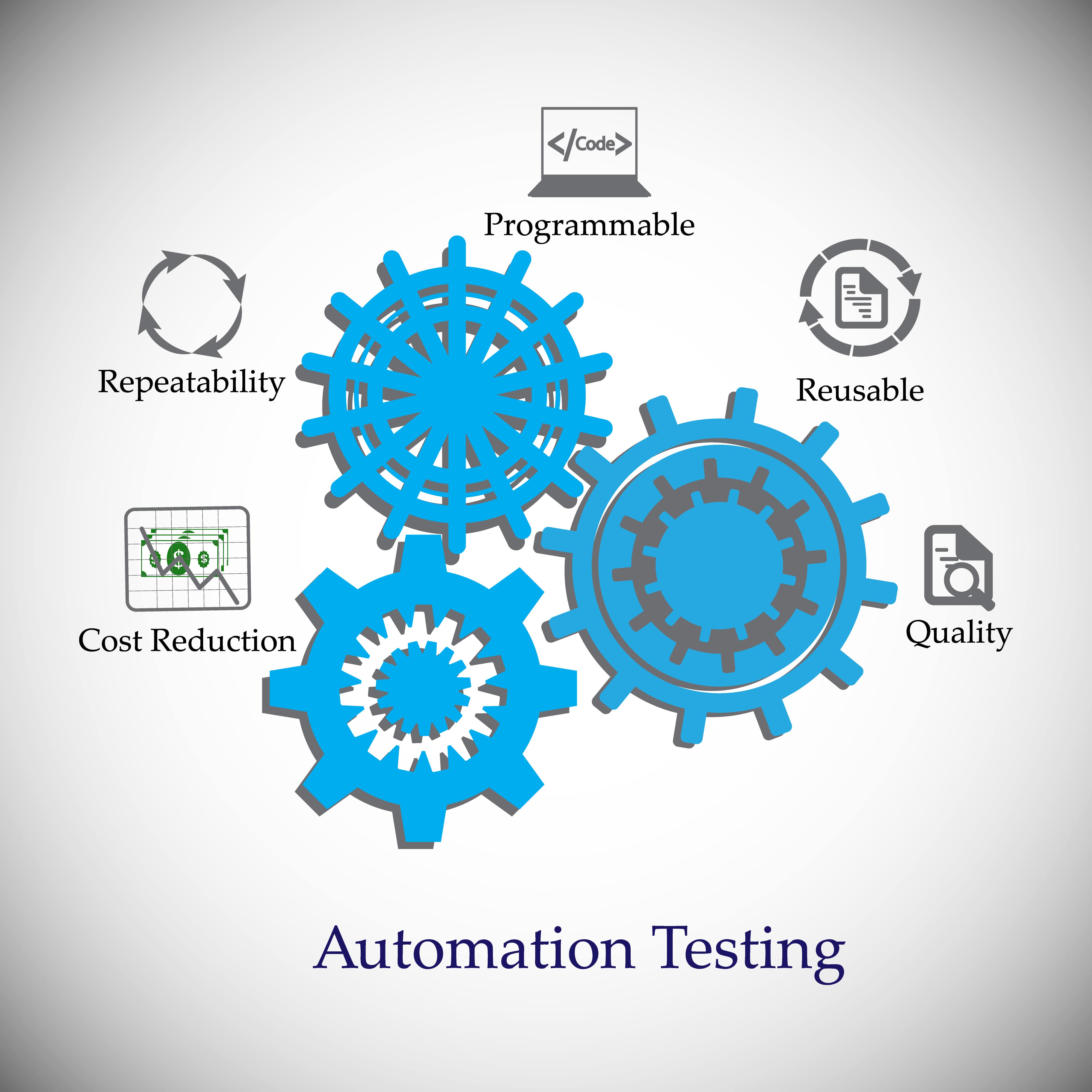From Handbook to Automated Testing: A Comprehensive Overview to Transitioning Efficiently and Successfully
In the realm of software program screening, the shift from manual to automated processes has actually come to be a significantly important change for organizations seeking to improve performance and precision in their testing methods. The journey from handbook to automated screening is not without its obstacles, but when come close to strategically and with a clear plan in mind, the benefits can be substantial.
Advantages of Automated Checking
Automated screening offers various advantages, boosting performance and precision in software program advancement procedures. Automated tests can be run concurrently on several tools and operating systems, significantly speeding up the screening phase compared to hand-operated screening.
Moreover, automated testing ensures a greater degree of accuracy in discovering issues. Uniformity in testing is also enhanced, as automated examinations perform the exact same steps specifically each time they are run.
Selecting the Right Devices

To start with, evaluate your needs and objectives. Recognize the range of your job, the technologies involved, and the ability of your team. This analysis will certainly help you determine the abilities and features you need in your screening devices.
Second of all, consider the compatibility of the tools with your existing procedures and systems. Smooth integration with your existing software program advancement lifecycle is necessary to guarantee a smooth transition to automation.
In addition, review the scalability and versatility of the tools. As your screening needs advance, the devices ought to have the ability to adapt and suit adjustments effectively.
Finally, aspect in the assistance and community around the tools. When carrying out automated testing, robust support and an active customer neighborhood can offer beneficial resources and aid. By meticulously thinking about these elements, you can choose the right devices that line up with your needs and set the phase for a successful shift to automated screening.
Writing Efficient Examination Manuscripts

When crafting examination manuscripts, it is important to take into consideration the particular needs of the software program being checked and guarantee that the scripts deal with all essential capabilities. great site Clear and detailed calling conventions for test scripts and examination cases can enhance readability and maintainability. Furthermore, integrating mistake handling mechanisms within the test scripts can assist in recognizing and dealing with concerns quickly.
In addition, arranging examination scripts into modular parts can boost reusability and scalability, minimizing redundancy and boosting effectiveness in examination manuscript maintenance. Routine reviews and updates to test manuscripts are crucial to keep speed with advancing software application requirements and capabilities. By adhering to these principles, testers can develop durable and reliable test scripts that contribute dramatically to the success of automated testing procedures.
Integrating Automation Into Workflows
Reliable integration of automation devices right into existing process improves procedures and boosts efficiency within software program advancement cycles. When including automation into workflows, it is critical to determine repetitive jobs that can be automated to save time and minimize human mistake. By seamlessly integrating automated testing tools like Selenium or Appium right into the software application development lifecycle, teams can achieve faster feedback on code changes, resulting in quicker pest discovery and resolution. This assimilation enables for constant screening throughout the growth procedure, guaranteeing that any problems are identified early on, causing higher software program high quality. Additionally, automation can be made use of to activate tests immediately after each code devote, giving prompt validation and liberating testers to concentrate on more complicated scenarios. Appropriate assimilation of automation devices calls for partnership in between growth, screening, and procedures groups to establish a unified workflow that maximizes performance and efficiency in providing premium software.
Making Sure a Smooth Transition
Effectively transitioning to automated screening includes thorough planning and cautious implementation to maximize and minimize interruptions effectiveness in the software advancement procedure - automation testing. To ensure a smooth change, it is vital to start by performing a complete evaluation of the present screening processes and determining locations where automation can bring one of the most substantial advantages. Engaging with all stakeholders beforehand at the same time, including designers, testers, and task supervisors, is vital for amassing support and buy-in for the automation campaign
Communication is essential during this transition phase. Clear interaction of the goals, advantages, and assumptions of automated screening aids to handle any resistance or problems that may develop. In addition, supplying ample training and resources for employee to upskill in automation devices and techniques is crucial for guaranteeing a successful shift.

Conclusion
To conclude, transitioning from guidebook to automated screening offers countless advantages, consisting of increased performance and reliability. By choosing the appropriate tools, writing efficient examination manuscripts, and integrating automation flawlessly right into process, companies can guarantee a smooth and successful change. It is necessary to embrace automation as a useful possession in software application screening procedures to improve total top quality and performance.
In the realm of software program testing, the change from manual to automated processes has actually come to be an increasingly important transition for organizations looking for to improve efficiency and precision in their testing practices. Automated tests can be run simultaneously on several gadgets and running systems, substantially speeding up the screening phase content compared to hands-on testing. Uniformity in screening is additionally boosted, as automated examinations carry out the very same actions precisely each time they are run.To guarantee the effective implementation of picked testing tools, the creation of reliable test manuscripts plays an important role in confirming the functionality and performance of automated processes - automation testing. By following these principles, testers can produce durable and efficient examination scripts that contribute considerably to the success of automated testing procedures
Comments on “Automation Testing Strategies: Finest Practices for Seamless Integration”